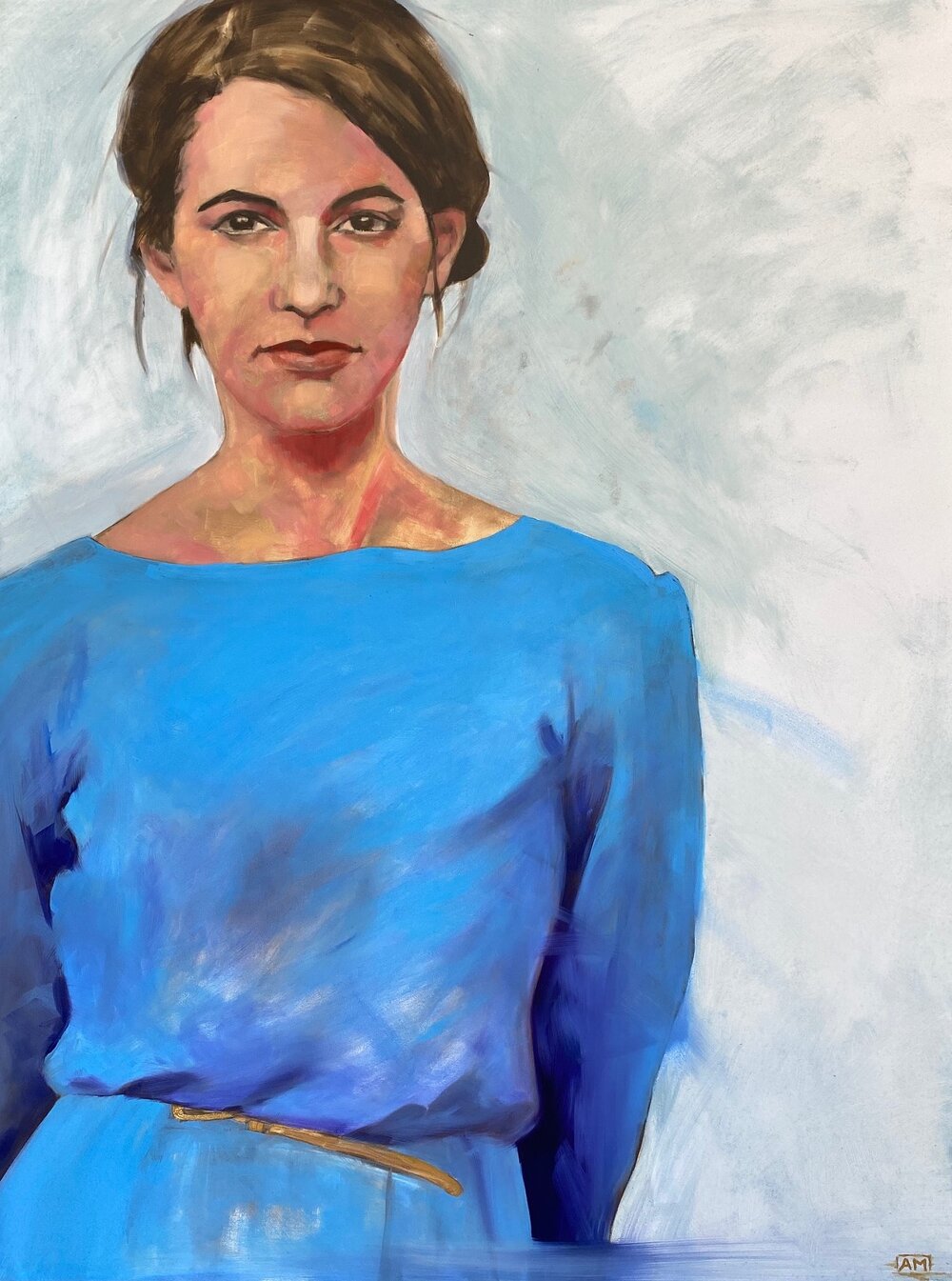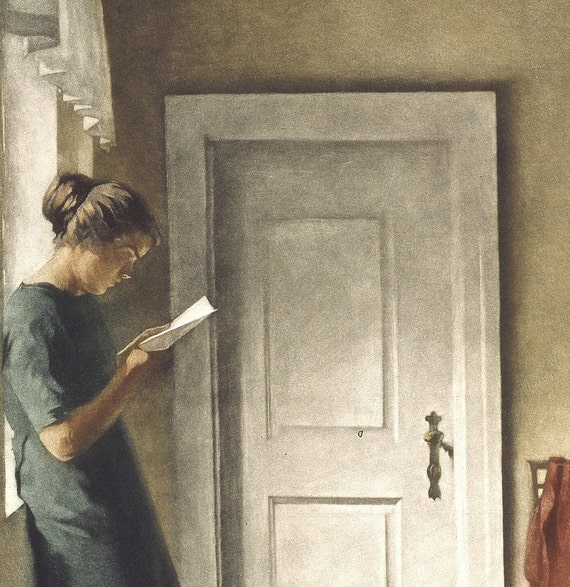Discover the most effective Tips for Creating Stunning Figurative Oil Painting Artwork
Discover the most effective Tips for Creating Stunning Figurative Oil Painting Artwork
Blog Article
The Evolution of Metaphorical Oil Painting: Recognizing Its Historical Significance and Modern Interpretations
The advancement of metaphorical oil painting acts as an engaging lens whereby to take a look at the interplay in between creative expression and historical context. From the thorough naturalism of the Renaissance to the stirring power of the Baroque, each era has actually contributed layers of meaning and strategy to this ageless tool. Contemporary musicians, drawing from this abundant heritage, are now reinterpreting the human number in methods that test standard narratives. As we discover these improvements, one should think about how the discussion between past and existing informs not only imaginative technique yet also societal representations in a progressively complicated globe.
Origins of Metaphorical Oil Painting
The origins of metaphorical oil painting can be traced back to the very early Renaissance in Europe, specifically in the 15th century. The development of oil paint enabled for better deepness of color and detail, improving the realistic look and vibrancy of their job.

In this transformative age, numbers were usually depicted within contextually rich environments, showcasing not just their physical characteristics however also their psychological states. Leaders such as Jan van Eyck and Titian used the tool's adaptability, employing layering techniques to attain brightness and structure. This innovation promoted the representation of elaborate fabrics and the nuances of skin tones, adding to the development of portraiture and narrative scenes.
Additionally, the Renaissance focus on humanism promoted a recognition for individuality, which in turn affected artists to develop more vibrant and relatable figures - figurative oil painting. Consequently, figurative oil paint became an effective automobile for storytelling and psychological engagement, laying the foundation for future artistic activities and styles
Trick Historical Activities
Considerable historic motions have actually shaped the evolution of figurative oil paint, each adding distinct philosophies and methods that increased the medium's opportunities. The Renaissance noted a zero hour, emphasizing realistic look and the human kind, with artists like Leonardo da Vinci and Michelangelo pushing the limits of physiological accuracy and point of view. Following this, the Baroque period brought dramatic contrasts of light and shadow, exhibited by Caravaggio, that infused religious styles with extreme emotionality.
The 19th century introduced Romanticism and Realism, where musicians such as Delacroix and Courbet tested classic suitables, focusing on private expression and day-to-day life. The introduction of Impressionism additionally changed the medium by stressing the impacts of light and shade, causing a separation from typical representation.
In the very early 20th century, motions like Expressionism and Cubism redefined figurative painting via abstraction and the expedition of emotional deepness. Each of these activities not just reflected the social modifications of their times however also laid the foundation for modern analyses. The interplay between these historic activities has developed an abundant tapestry of styles and viewpoints, affecting modern artists in their quest of catching the human experience on canvas.
Strategies and Products Advancement

Throughout the Baroque duration, methods such as chiaroscuro and sfumato emerged, improving the emotional vibration of figurative structures. Artists started to experiment with lusters and impasto, manipulating structure and luminosity. By the 19th century, advancements like the use of pre-mixed paints in tubes changed ease of access, permitting artists to repaint en plein air and record the fleeting results of light.
The 20th century saw the intro of artificial pigments and mediums, which broadened the scheme and modified the consistency of oil paints. The exploration of brand-new application strategies, such as palette knives and brushes hop over to here of differing stiffness, additional varied artistic expression. Collectively, these improvements mirror the developing connection in between products, techniques, and the artistic vision integral in figurative oil painting.

Contemporary Interpretations
Contemporary interpretations of figurative oil painting show a dynamic dialogue between tradition and development, where artists challenge established standards and discover varied styles. This development materializes in numerous ways, as contemporary musicians mix classic methods with contemporary concepts, commonly resolving social, political, and individual narratives.
Many specialists attract motivation from historic jobs, yet they instill their pieces with contemporary perspectives, making use of the human kind as an automobile for commentary on society, gender, and identification. Artists progressively try out abstraction, distortion, and mixed media, which permits for a wider interpretation of the number and its context.
Additionally, using vivid shade combinations and unconventional make-ups typically serves to interfere with standard viewing experiences, prompting vital engagement from target markets. This shift in emphasis extends past aesthetic appeals; it reflects an expanding awareness of the intricacies of human experience in an interconnected world.
As figurative oil paint remains to advance, it stays an essential medium for discovering the nuances of modern life, embodying both a respect for heritage and a dedication to progressive idea. The outcome is a rich tapestry of expression that reverberates with the intricacies of the contemporary human problem.
Influence On Modern Art
The impact of figurative oil painting on modern-day art is extensive, as it has constantly influenced a myriad of imaginative activities and practices throughout the 20th and 21st centuries. From Expressionism to Surrealism and beyond, the exploration of the human number has remained a central theme, enabling musicians to share intricate feelings and stories. This focus on metaphorical depiction has actually led to a re-examination of conventional methods, leading to ingenious techniques that mix realistic look with abstraction.
In addition, modern musicians have actually accepted metaphorical oil paint as a way to attend to political and social problems, using the tool to challenge understandings of gender, identity, and society. The revival of interest in metaphorical job in current years shows a yearning for connection in an increasingly electronic globe, where human experience and emotion are critical.
Additionally, the dialogue in between figurative oil painting and modern-day art is noticeable in the hop over to these guys jobs of artists such as Kehinde Wiley and Jenny Saville, who attract on historical references while instilling their items with contemporary importance. Inevitably, figurative oil paint proceeds to shape and redefine modern-day imaginative expression, highlighting its enduring value in the art world.
Conclusion
The advancement of figurative oil paint highlights its historical value and versatility throughout different artistic activities. From the naturalism of the Renaissance to the emotive expressions of the Baroque and the cutting-edge techniques of modernity, this medium has actually constantly changed. Contemporary interpretations mirror unusual structures and vibrant shades, fostering essential involvement with political and social themes. Inevitably, figurative oil paint continues to be an important tool for checking out the human experience, resonating exceptionally in today's electronic landscape.
The development of metaphorical oil paint serves as a compelling lens through which to more analyze the interplay in between imaginative expression and historic context.Significant historical motions have actually formed the evolution of figurative oil painting, each contributing special ideologies and strategies that expanded the medium's possibilities.As historical motions shaped the trajectory of figurative oil painting, the products and strategies used by musicians have actually additionally undertaken significant transformations. figurative oil painting.The impact of figurative oil painting on modern art is profound, as it has continually influenced a myriad of creative motions and methods throughout the 20th and 21st centuries.The evolution of figurative oil painting underscores its historic value and flexibility throughout different creative motions
Report this page